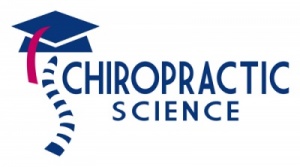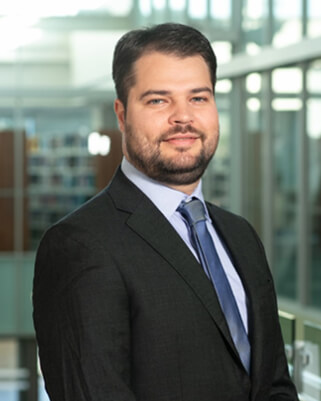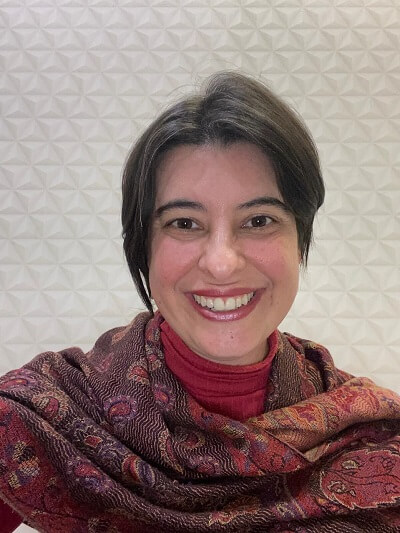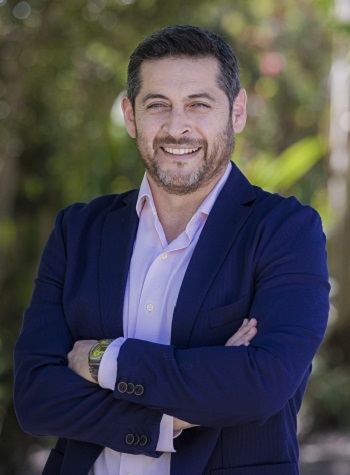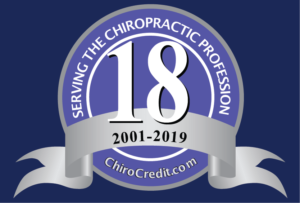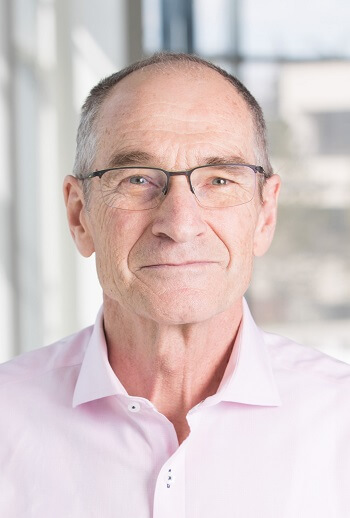
In this interview Dr. Herzog and I discuss his research including: 1) the biomechanics of spinal manipulation; 2) spinal manipulation and the biomechanics of the vertebral artery; 3) spinal manipulation and gait and; 4) the sarcomere, titin and muscle contraction. Dr. Walter Herzog did his undergraduate training in Physical Education at the Federal Technical Institute in Zurich, Switzerland (1979), completed his doctoral research in Biomechanics at the University of Iowa (USA) in 1985, and completed postdoctoral fellowships in Neuroscience and Biomechanics in Calgary, Canada in 1987.
Currently, he is a Professor of Biomechanics with appointments in Kinesiology, Medicine, Engineering, and Veterinary Medicine, holds the Dr. Benno Nigg Chair in Biomechanics, Mobility and Longevity. He was the Canada Research Chair for Cellular and Molecular Biomechanics from 2001 to 2022 and the Killam Memorial Chair for Inter-Disciplinary Research from 2011 to 2021 at the University of Calgary.
His research interests are in musculoskeletal biomechanics with emphasis on mechanisms of muscle contraction focusing on the role of the structural protein titin, and the biomechanics of joints focusing on mechanisms of onset and progression of osteoarthritis.
Dr. Herzog is the recipient of the Borelli Award from the American Society of Biomechanics, the Career Award from the Canadian Society for Biomechanics, the Dyson Award from the International Society of Biomechanics in Sports, the Muybridge Award from the International Society of Biomechanics, and received the Killam Prize in Engineering from the Canada Council for the Arts for his contributions to biomedical research. He is the past president of the International, American and Canadian Societies for Biomechanics. He was inducted into the Royal Society of Canada in 2013.
Here is the video for this episode.
Click here to view Dr. Herzog’s google scholar page.
Here are a few of the articles we discuss in this podcast episode.
|
1.
|
Strain of the vertebral artery during passive neck movements and spinal manipulation of the cervical spine: An observational study.
J Bodyw Mov Ther. 2024 Oct;40:569-574. doi: 10.1016/j.jbmt.2024.05.011. Epub 2024 May 18.
PMID: 39593645 |
|
2.
|
A low-cost 2-D sarcomere model to demonstrate titin-related mechanisms for force production.
Adv Physiol Educ. 2024 Mar 1;48(1):92-96. doi: 10.1152/advan.00090.2023. Epub 2023 Dec 7.
PMID: 38059284 |
|
3.
|
Vertebral arteries do not experience tensile force during manual cervical spine manipulation applied to human cadavers.
J Man Manip Ther. 2023 Aug;31(4):261-269. doi: 10.1080/10669817.2022.2148048. Epub 2022 Nov 15.
PMID: 36382347 Free PMC article. |
|
4.
|
Kinematics of the head and associated vertebral artery length changes during high-velocity, low-amplitude cervical spine manipulation.
Chiropr Man Therap. 2022 Jun 1;30(1):28. doi: 10.1186/s12998-022-00438-0.
PMID: 35650649 Free PMC article. |
|
5.
|
Reflex Responses of Neck, Back, and Limb Muscles to High-Velocity, Low-Amplitude Manual Cervical and Upper Thoracic Spinal Manipulation of Asymptomatic Individuals-A Descriptive Study.
J Manipulative Physiol Ther. 2019 Oct;42(8):572-581. doi: 10.1016/j.jmpt.2018.11.025.
PMID: 31864518 |
|
6.
|
Quantifying strain in the vertebral artery with simultaneous motion analysis of the head and neck: a preliminary investigation.
Clin Biomech (Bristol). 2014 Dec;29(10):1099-107. doi: 10.1016/j.clinbiomech.2014.10.
PMID: 25457973 |
|
7.
|
Biomechanical characterization of cervical spinal manipulation in living subjects and cadavers.
J Electromyogr Kinesiol. 2012 Oct;22(5):747-51. doi: 10.1016/j.jelekin.2012.02.004. Epub 2012 Mar 7.
PMID: 22402264 |
|
8.
|
The biomechanics of spinal manipulation.
J Bodyw Mov Ther. 2010 Jul;14(3):280-6. doi: 10.1016/j.jbmt.2010.03.004.
PMID: 20538226 Review. |
|
9.
|
Preliminary report: biomechanics of vertebral artery segments C1-C6 during cervical spinal manipulation.
J Manipulative Physiol Ther. 2010 May;33(4):273-8. doi: 10.1016/j.jmpt.2010.03.007.
PMID: 20534313 |
|
10.
|
The forces applied by female and male chiropractors during thoracic spinal manipulation.
J Manipulative Physiol Ther. 2004 Jan;27(1):49-56. doi: 10.1016/j.jmpt.2003.11.006.
PMID: 14739874 |
